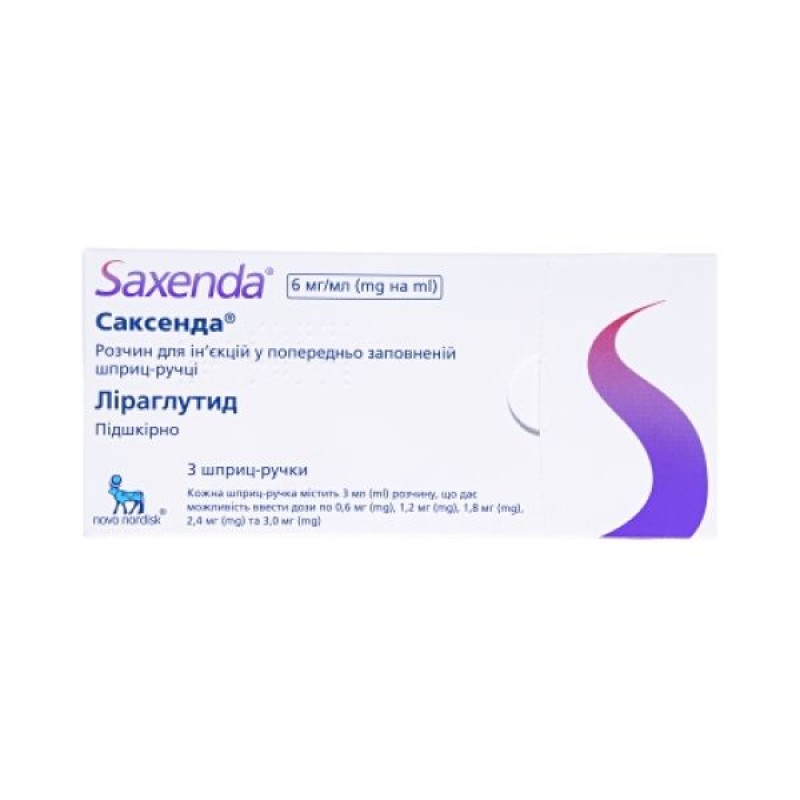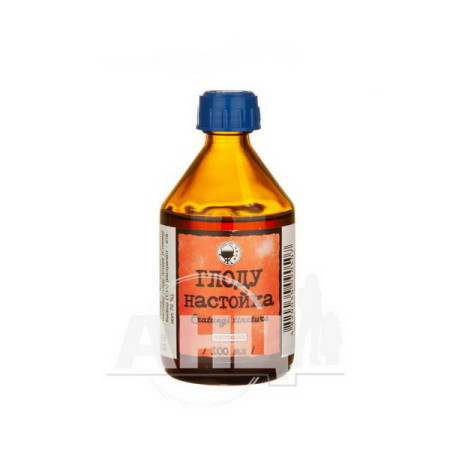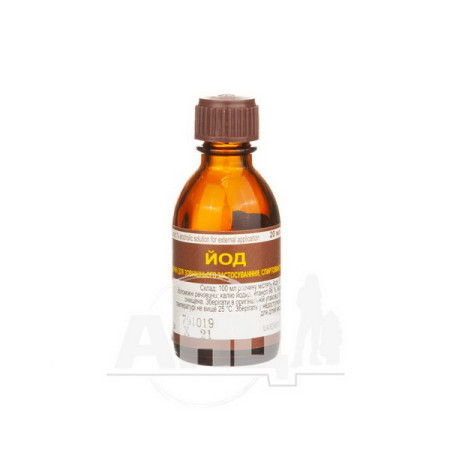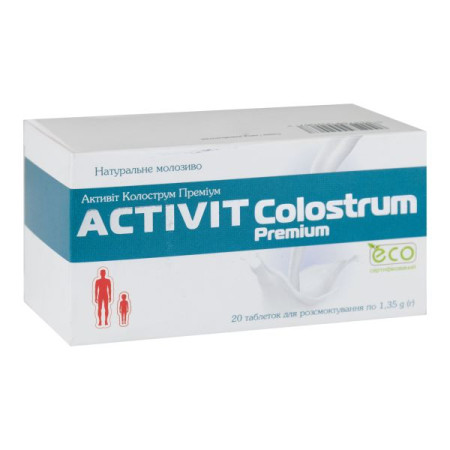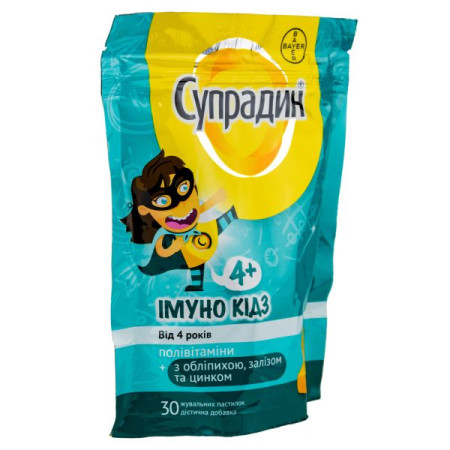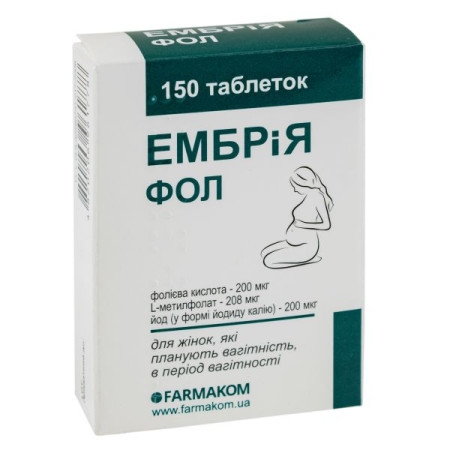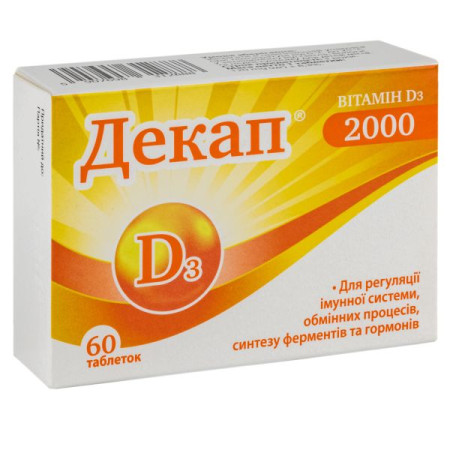Saxenda solution for injection 6mg/ml 3ml cartridge in syringe pen No. 3
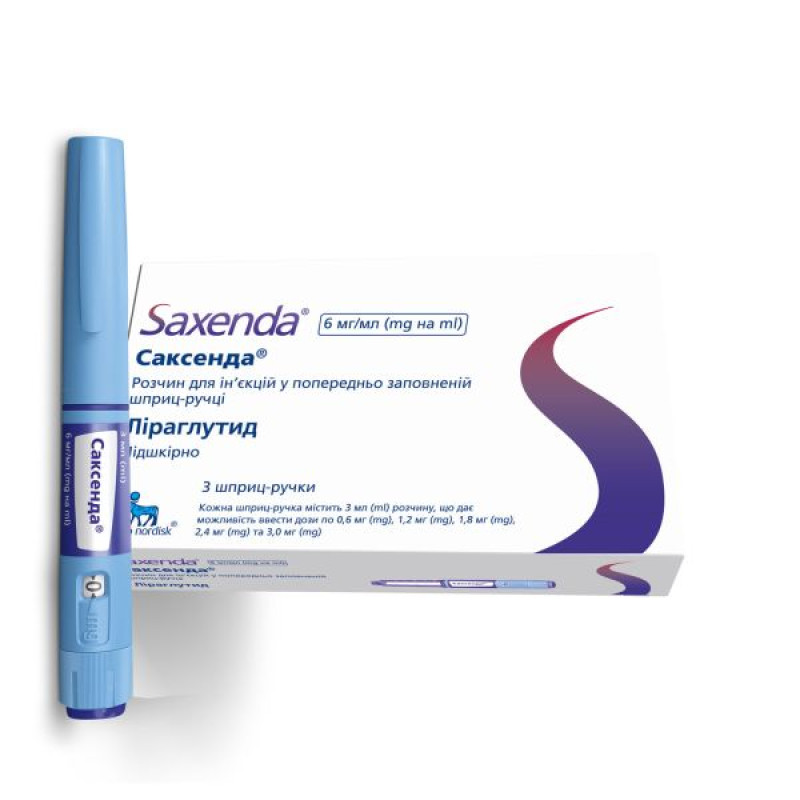
Instructions for Saxenda injection solution 6mg/ml 3ml cartridge in syringe pen No. 3
Composition
active ingredient: liraglutide;
1 ml of solution contains 6 mg of liraglutide, an analogue of human glucagon-like peptide-1 (GLP-1), produced by recombinant DNA technology in Saccharomyces cerevisiae;
one pre-filled syringe pen contains 18 mg of liraglutide in 3 ml;
excipients: sodium hydrogen phosphate, dihydrate; propylene glycol; phenol; hydrochloric acid (for pH adjustment); sodium hydroxide (for pH adjustment); water for injections.
Dosage form
Solution for injection.
Main physicochemical properties: transparent and colorless or almost colorless isotonic solution; pH=8.15.
Pharmacotherapeutic group
Drugs used in diabetes, glucagon-like peptide-1 (GLP-1) analogues. ATC code A10B J02.
Pharmacological properties
Pharmacodynamics.
Mechanism of action
Liraglutide is an acylated GLP-1 analogue with an amino acid sequence that is 97% homologous to endogenous human GLP-1. Liraglutide binds to and activates GLP-1 receptors.
GLP-1 is a physiological regulator of appetite and food intake, but the exact mechanism of its action is not fully understood. In animal studies, peripheral administration of liraglutide resulted in its accumulation in specific brain regions responsible for appetite regulation, where liraglutide, through specific activation of GLP-1R receptors, increased satiety and reduced hunger signals, contributing to weight loss.
GLP-1 receptors are also expressed in certain areas of the heart, blood vessels, immune system, and kidneys. In a mouse model of atherosclerosis, liraglutide prevented the progression of aortic atherosclerotic plaque and reduced inflammation in the plaque. In addition, liraglutide had a positive effect on plasma lipids. Liraglutide did not reduce the size of existing atherosclerotic plaques.
Pharmacodynamic effects
Liraglutide reduces body weight in humans primarily through loss of fat mass, with a preferential loss of visceral fat over subcutaneous fat. Liraglutide regulates appetite by increasing satiety and fullness, while reducing hunger, and leading to reduced food intake. Liraglutide does not increase energy expenditure compared to placebo.
Liraglutide stimulates insulin secretion and reduces excessive glucagon secretion in a glucose-dependent manner, leading to lower fasting and postprandial glucose.
In patients with prediabetes and diabetes, the glucose-lowering effect is more pronounced compared to normoglycemic patients. Clinical trials have shown that liraglutide improves and maintains beta-cell function as measured by NOMA-B and the proinsulin/insulin ratio.
Clinical efficacy and safety
The clinical efficacy and safety of liraglutide for weight loss as an adjunct to a reduced-calorie diet and increased physical activity were studied in four randomized, double-blind, placebo-controlled phase 3 studies involving 5,358 patients.
Study 1 (SCALE Obesity and Prediabetes – 1839):
A total of 3731 obese (body mass index (BMI) ≥30 kg/m2) or overweight (BMI ≥27 kg/m2) patients with dyslipidemia and/or hypertension were stratified by screening according to prediabetes status and baseline BMI.
(≥30 kg/m2 or <30 kg/m2). All patients (3731) were randomized to treatment for 56 weeks, and 2254 patients with prediabetes at screening were randomized to treatment for 160 weeks. Both treatment periods were followed by a 12-week follow-up period in the drug/placebo groups. Lifestyle modification in the form of a reduced-calorie diet and increased physical activity was the baseline therapy for all patients.
In the 56-week study 1, weight loss was assessed in all (3731) randomised patients (2590 patients completed treatment).
In a 160-week study 1, the time to development of type 2 diabetes mellitus was evaluated in 2254 randomized patients with prediabetes (1128 patients completed treatment).
Study 2 (SCALE Diabetes – 1922):
A 56-week study evaluating weight loss in 846 randomized obese and overweight patients (628 completed treatment) with poorly controlled type 2 diabetes (HbA1c range 7-10%). The primary treatment at baseline was either diet, increased physical activity, or single medications such as metformin, a sulfonylurea, and a glitazone, or combinations thereof.
Study 3 (SCALE Sleep Apnea – 3970):
A 32-week study evaluating sleep apnea severity and weight loss in 359 randomized patients (276 completed treatment) with obesity and moderate to severe obstructive sleep apnea.
Study 4 (SCALE Maintenance Treatment - 1923):
Body weight
Liraglutide achieved superior weight loss compared to placebo in obese and overweight patients across all study groups. Across all study populations, a greater proportion of patients achieved ≥5% and >10% weight loss with liraglutide compared to placebo. In the 160-week part of study 1, the majority of weight loss occurred in the first year of therapy and was maintained through all 160 weeks.
18.1%, respectively, with placebo (estimated odds ratio: 3.9 [95% CI 2.4; 6.4], p<0.0001).
Data on body weight loss, treatment duration, and cumulative distribution of body weight change (%) are presented in Figures 1, 2, and 3.
Weight loss after 12 weeks of treatment with liraglutide (3.0 mg)
Early responders were defined as patients who achieved ≥ 5% body weight loss after 12 weeks of treatment with liraglutide (4 weeks of dose escalation and 12 weeks of treatment). In Study 1, which lasted 56 weeks, 67.5% of patients achieved ≥ 5% body weight loss after 12 weeks. In Study 2, 50.4% of patients achieved ≥ 5% body weight loss after 12 weeks. With continued treatment, 86.2% of patients are predicted to achieve ≥ 5% body weight loss and 51% of patients are predicted to achieve ≥ 10% body weight loss after one year of liraglutide. The mean weight loss in patients treated with liraglutide for one year was 11.2% of their baseline body weight (9.7% for men and 11.6% for women). Among patients who achieved < 5% body weight loss after 12 weeks of therapy, the proportion of patients who did not achieve ≥ 10% body weight loss after one year of liraglutide use was 93.4%.
Glycemic control
Treatment with liraglutide significantly improved glycemic control in patients with normoglycemia, prediabetes, and type 2 diabetes. In the 56-week part of study 1, fewer patients treated with liraglutide developed type 2 diabetes compared with patients treated with placebo (0.2% vs. 1.1%, respectively). More patients with prediabetes at baseline had their condition reversed with liraglutide compared with placebo (69.2% vs. 32.7%, respectively). Compared with a baseline HbA1c of 5.6%, patients treated with liraglutide had a mean reduction in HbA1c of -0.3% at week 56 versus -0.1% at week 56 (RR: -0.23 [95% CI -0.25, -0.21], p<0.0001). Compared with a baseline fasting plasma glucose (FPG) of 5.3 mmol/L, patients treated with liraglutide had a mean reduction in FPG of -0.4 mmol/L versus -0.01 mmol/L at week 56 (RR: -0.38 [95% CI -0.42, -0.35], p<0.0001).
The primary efficacy endpoint in the 160-week part of study 1 was the proportion of patients who developed type 2 diabetes, assessed as time to development of diabetes. At week 160, 3% of patients treated with Saxenda® and 11% of patients treated with placebo were diagnosed with type 2 diabetes. The estimated time to development of type 2 diabetes in patients treated with liraglutide 3 mg was 2.7 times longer (95% CI [1.9; 3.9]), and the hazard ratio for developing type 2 diabetes was 0.2 for liraglutide compared to placebo. Compared with a baseline HbA1c of 5.8%, liraglutide-treated patients and placebo-treated patients had a mean reduction in HbA1c of 0.4% and 0.1%, respectively, at week 160 (RR: -0.21 [95% CI -0.24, -0.18], p<0.0001). Compared with a baseline GLP-1c of 5.5 mmol/L, liraglutide-treated patients had a mean reduction in GLP-1c of 0.4 mmol/L versus 0.04 mmol/L in placebo-treated patients at week 160 (RR: -0.4 [95% CI -0.5, -0.4], p<0.0001). In study 2, compared with a baseline HbA1c of 7.9%, liraglutide-treated patients had a mean reduction in HbA1c of 1.3% at week 56 versus 0.4% in placebo-treated patients (RR: -0.9 [95% CI -1.1, -0.8], p<0.0001). Compared with a baseline GLP-1A of 8.8 mmol/L for liraglutide-treated patients and 8.6 mmol/L for placebo-treated patients, liraglutide-treated patients had a mean reduction in GLP-1A of 1.9 mmol/L versus 0.1 mmol/L in placebo-treated patients at week 56 (RR: -1.8 [95% CI -2.1, -1.4], p<0.0001).
Treatment with liraglutide significantly improved systolic blood pressure (SBP) and waist circumference compared with placebo. In Study 1, compared with baseline SBP of 123.00 mmHg in the liraglutide group and 123.3 mmHg in the placebo group, at week 56 there was a mean reduction in SBP of 4.3 mmHg and 1.5 mmHg in patients treated with liraglutide and placebo, respectively (RR: -2.8 [95% CI -3.6, -2.1], p<0.0001). Baseline diastolic blood pressure (DBP) was 78.7 mmHg in patients treated with liraglutide and 78.9 mmHg in patients treated with placebo; At week 56, there was a reduction in DBP of -2.7 mmHg and 1.8 mmHg in patients treated with liraglutide and placebo, respectively (RR: -0.9 [95% CI -1.4, -0.4], p<0.05). Baseline waist circumference was 115.0 cm in patients treated with liraglutide and 114.5 cm in patients treated with placebo; at week 56, there was a reduction in waist circumference of -8.2 cm and -4.0 cm in patients treated with liraglutide and placebo, respectively (RR: -4.2 [95% CI -4.7, -3.7], p<0.0001). In study 1, baseline SBP was 124.8 mmHg. in patients receiving liraglutide and 125.0 mm Hg in patients receiving placebo; at week 160, there was a mean reduction in SBP of -3.2 mm Hg and -0.4 mm Hg in patients receiving liraglutide and placebo, respectively (RR: -2.8 [95% CI -3.8, -1.8], p<0.0001). Baseline DBP was 79.4 mm Hg in patients receiving liraglutide and 79.8 mm Hg in patients receiving placebo; at week 160, there was a mean reduction in DBP of 2.4 mm Hg and -1.7 mm Hg in patients receiving placebo. in patients receiving liraglutide and placebo, respectively (RR: -0.6 [95% CI -1.3, -0.1]). Baseline waist circumference was 116.6 cm in patients receiving liraglutide and 116.7 cm in patients receiving placebo; at week 160, there was a mean reduction in waist circumference of 6.9 cm and 3.4 cm in patients receiving liraglutide and placebo, respectively (RR: -3.5 [95% CI -4.2, -2.8], p<0.0001). In study 2, baseline SBP was 128.9 mmHg in patients receiving liraglutide and 129.2 mmHg in patients receiving placebo; at week 56, there was a mean reduction in SBP of 3.0 mmHg. and by 0.4 mmHg in patients receiving liraglutide and placebo, respectively (RR: -2.6 [95% CI -4.6; -0.6], p<0.0001). Baseline DBP was 79 mmHg in patients receiving liraglutide and 79.3 mmHg in patients receiving placebo; at week 56, DBP decreased by an average of 1.0 mmHg and 0.6 mmHg in patients receiving liraglutide and placebo, respectively (RR: -0.4 [95% CI -1.7; -1.0], p=0.5918). Baseline waist circumference was 118.1 cm in patients receiving liraglutide and 117.3 cm in patients receiving placebo; At week 56, there was a mean reduction in waist circumference of 6.0 cm and 2.8 cm in patients treated with liraglutide and placebo, respectively (RR: -3.2 [95% CI -4.2; -2.2], p<0.0001).
Apnea-hypnea index (AHI)
Liraglutide showed a significant reduction in the severity of obstructive sleep apnea compared to placebo, as assessed by the reduction compared to placebo (12.2 events/hour for liraglutide vs. 6.1 events/hour for placebo (RR: -6.1 [95% CI -11.0, -1.2], p<0.05).
| Body weight changes (%) |
| Time, in weeks |
| □ Saxenda® ∆ Placebo ■▲ Carryover of data from the last study |
| Value for patients completing each scheduled visit |
Figure 1. Body weight change (%) from baseline over time in Study 1 (0–56 weeks)
| Cumulative frequency (%) |
| Body weight change (%) |
| ------- Saxenda® – – – – Placebo |
| Using the last documented value data |
Figure 2. Cumulative distribution of body weight change (%) after 56 weeks of treatment in Study 1
| Body weight change (%) |
| Time, in weeks |
| □ Saxenda® ∆Placebo ■▲ Carryover of data from the last study |
| Value for patients completing each scheduled visit |
Figure 3. Body weight change (%) from randomization (week 0) over time in study 4
Patients were treated with a reduced-calorie diet and exercise alone until week 0. At week 0, patients were randomized to receive either Saxenda® or placebo.
Immunogenicity
Given the potential immunogenic properties of medicinal products containing proteins or peptides, it is expected that patients may develop antibodies to liraglutide after using Saxenda®. In clinical studies, 2.5% of patients treated with liraglutide developed antibodies to liraglutide. The formation of antibodies did not lead to a decrease in the efficacy of liraglutide.
Major serious adverse cardiovascular events (MASEs) as defined by an external independent expert panel: non-fatal myocardial infarction, non-fatal stroke, cardiovascular death. In all long-term clinical trials of Saxenda®, 6 MAEs were reported in patients treated with liraglutide and 10 MAEs in patients treated with placebo. The hazard ratio and 95% CI for Saxenda® and placebo was 0.33 [0.12, 0.90].
In phase 3 clinical trials, an increase in heart rate from baseline of an average of 2.5 beats per minute (ranging from 1.6 to 3.6 beats per minute in individual studies) was observed. The maximum increase in heart rate was observed after approximately 6 weeks of therapy. The long-term clinical impact of the increase in heart rate has not been established. This increase was reversible and disappeared after discontinuation of liraglutide therapy (see section 4.4).
The LEADER® study included 9,340 patients with poorly controlled type 2 diabetes, the majority of whom had cardiovascular disease. Patients were randomized to receive liraglutide at a daily dose of up to 1.8 mg (4,668) or placebo (4,672) in addition to standard care.
The duration of therapy ranged from 3.5 to 5 years. The mean age of patients was 64 years, and the mean BMI was 32.5 kg/m². The mean baseline HbA1c was 8.7 and improved by 1.2% in patients assigned to liraglutide and 0.8% in patients assigned to placebo at 3 years. The primary efficacy endpoint was the time from randomization to the first occurrence of any major MACE: nonfatal myocardial infarction, nonfatal stroke, or cardiovascular death. Liraglutide significantly reduced the incidence of major adverse cardiovascular events (primary endpoint events, MACE) compared with placebo (3.41 vs. 3.90 per 100 patient-years in the liraglutide and placebo groups, respectively), reducing the risk by 13%, hazard ratio (HR) 0.87, [0.78; 0.97] [95% CI]) (p = 0.005) (see Figure 4).
| Patients with event (%) | Time from randomization (months) | HR: 0.87 95% CI 0.78; 0.97; p<0.001 for at least efficiency; p=0.005 for higher efficiency | ||||||||
- - - - - - - placebo liraglutide | ||||||||||
| Patients at risk | ||||||||||
| Placebo | 4672 | 4587 | 4473 | 4352 | 4237 | 4123 | 4010 | 3914 | 1543 | 407 |
| Liraglutide | 4668 | 4593 | 4496 | 4400 | 4280 | 4172 | 4072 | 3982 | 1562 | 424 |
| FAS: Full set of tests |
Figure 4. Kaplan-Meier plot of time to first MACE event – FAS population
Children
A double-blind study of the efficacy and safety of Saxenda® compared with placebo for weight loss in obese pediatric patients aged 12 years and older showed that Saxenda® was more effective than placebo in reducing body weight (as assessed by BMI standard deviation or Z-score) after 56 weeks of treatment (Table 1).
Among patients receiving liraglutide, a greater percentage of patients achieved a ≥ 5% and ≥ 10% reduction in BMI than among patients receiving placebo. On average, the reduction in BMI and body weight was also greater in the liraglutide group (Table 1). After a 26-week follow-up period without study drug, weight regain was observed in patients receiving liraglutide compared with those receiving placebo (Table 1).
Table 1
Study 4180: Changes from Baseline in Body Weight and BMI at Week 56 and Change in BMI Standard Deviation Scale (BMI SDS) from Week 56 to Week 82
| Saxenda® (N=125) | Placebo (N=126) | Saxenda® compared to placebo | |
| BMI SDS | |||
| Baseline, BMI SDS (SD) | 3.14 (0.65) | 3.20 (0.77) | |
Average change at week 56 (95% CI) | -0.23 | -0.00 | -0.22* (-0.37; -0.08) |
| Week 56, BMI SDS (SD) | 2.88 (0.94) | 3.14 (0.98) | |
| Mean change from week 56 to week 82, BMI SDS (95% CI) | 0.22 | 0.07 | 0.15** (0.07; 0.23) |
| Body weight | |||
| Initial indicator, kg (SV) | 99.3 (19.7) | 102.2 (21.6) | - |
| Mean change at week 56, % (95% CI) | -2.65 | 2.37 | -5.01** (-7.63; -2.39) |
| Mean change at week 56, kg (95% CI) | -2.26 | 2.25 | -4.50** (-7.17; -1.84) |
| BMI | |||
| Initial indicator, kg/m2 (SV) | 35.3 (5.1) | 35.8 (5.7) | - |
| Mean change at week 56, kg/m2 (95% CI) | -1.39 | 0.19 | -1.58** (-2.47; -0.69) |
| Percentage of patients with ≥ 5% reduction from baseline BMI at week 56, % (95% CI) | 43.25 | 18.73 | 3.31** (1.78; 6.16) |
Percentage of patients with ≥ 10% decrease from baseline BMI at Week 56, % (95% CI) | 26.08 | 8.11 | 4.00** (1.81; 8.83) |
Age (years) | BMI corresponding to 30 kg/m2 for adult patients according to international cut-off values | |
| Guys | Girls | |
| 12 | 26.02 | 26.67 |
| 12.5 | 26.43 | 27.24 |
| 13 | 26.84 | 27.76 |
| 13.5 | 27.25 | 28.20 |
| 14 | 27.63 | 28.57 |
| 14.5 | 27.98 | 28.87 |
| 15 | 28.30 | 29.11 |
| 15.5 | 28.60 | 29.29 |
| 16 | 29.43 | |
| 16.5 | 29.14 | 29.56 |
| 17 | 29.41 | 29.69 |
| 17.5 | 29.70 | 29.84 |
| 18 | 30.00 | 30.00 |
Contraindication
Hypersensitivity to the active substance or to other components of the medicinal product.
Interaction with other medicinal products and other types of interactions
In vitro, liraglutide demonstrated a very low potential to affect the pharmacokinetics of other active substances metabolized by cytochrome P450, as well as binding to plasma proteins.
Liraglutide causes a slight delay in gastric emptying, which may affect the absorption of concomitantly administered oral medications. Interaction studies have not shown any clinically significant delay in absorption, so no dose adjustment is necessary.
Interaction studies were conducted with liraglutide at a dose of 1.8 mg. The effect on gastric emptying rate was equivalent to liraglutide at a dose of 1.8 mg and 3.0 mg (paracetamol AUC0-300 min). At least one episode of acute diarrhea has been reported in some patients treated with Saxenda®. Diarrhea may interfere with the absorption of concomitant oral medications.
Warfarin and other coumarin derivatives
Drug interaction studies have not been performed. A clinically significant interaction with an active substance with low solubility or a narrow therapeutic index, such as warfarin, cannot be excluded. More frequent monitoring of the international normalized ratio (INR) is recommended at the beginning of treatment with liraglutide in patients receiving warfarin or other coumarin derivatives.
Paracetamol
Liraglutide did not alter the overall exposure of paracetamol following a single 1000 mg dose. The maximum concentration of paracetamol (Cmax) was reduced by 31% and the median time to reach maximum concentration (tmax) was increased to 15 minutes. No dose adjustment is required when paracetamol is co-administered.
Atorvastatin
Liraglutide did not change the total exposure of atorvastatin to a clinically significant level after a single dose of 40 mg. Therefore, no dose adjustment of atorvastatin is required when co-administered with liraglutide. Atorvastatin Cmax was decreased by 38% and median tmax was increased from 1 hour to 3 hours when co-administered with liraglutide.
Griseofulvin
Liraglutide did not alter the overall exposure of griseofulvin following a single 500 mg dose. Cmax of griseofulvin increased by 37%, while median tmax was unchanged. No dose adjustment is required for griseofulvin and other poorly soluble, highly permeable compounds.
Digoxin|
After a single dose of 1 mg digoxin in combination with liraglutide, a 16% decrease in the area under the concentration-time curve (AUC) for digoxin was observed; Cmax was reduced by 31%. The median tmax of digoxin was increased from 1 hour to 1.5 hours. Based on these results, no dose adjustment of digoxin is required.
Lisinopril
After a single dose of 20 mg lisinopril with liraglutide, a 15% decrease in lisinopril AUC and a 27% decrease in Cmax were observed. The median tmax of lisinopril was increased from 6 to 8 hours. Based on these results, no dose adjustment of lisinopril is required.
Oral contraceptives
When administered with a single dose of oral contraceptives, liraglutide decreased the Cmax of ethinylestradiol or levonorgestrel by 12% and 13%, respectively, and increased tmax by 1.5 hours. This had no clinically significant effect on the total exposure of ethinylestradiol or levonorgestrel, suggesting that co-administration with liraglutide would not affect the contraceptive effect of ethinylestradiol or levonorgestrel.
Children
Drug interaction studies have only been conducted in adult patients.
Application features
Observation
In order to improve the traceability of biological medicinal products, the name and batch number of the administered product should be clearly recorded.
Heart failure
There is no clinical experience in patients with New York Heart Association (NYHA) class IV congestive heart failure, therefore liraglutide is not recommended for use in these patients.
There are no reviews for this product.
There are no reviews for this product, be the first to leave your review.
No questions about this product, be the first and ask your question.






